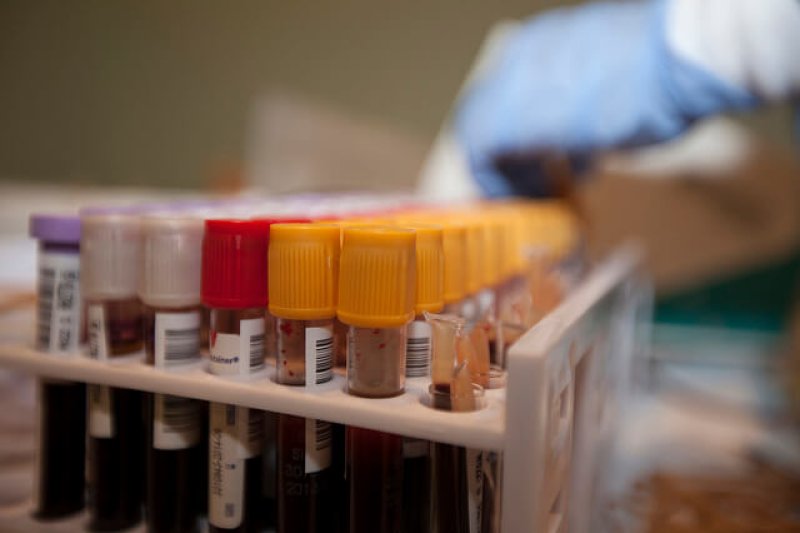Precise “chemical surgery” has been performed on human embryos to remove disease in a world first, Chinese researchers have told the BBC.
The team at Sun Yat-sen University used a technique called base editing to correct a single error out of the three billion “letters” of our genetic code.
They altered lab-made embryos to remove the disease beta-thalassemia. The embryos were not implanted.
…
Base editing alters the fundamental building blocks of DNA: the four bases adenine, cytosine, guanine and thymine.
…
The potentially life-threatening blood disorder beta-thalassemia is caused by a change to a single base in the genetic code – known as a point mutation.
The team in China edited it back.
They scanned DNA for the error then converted a G to an A, correcting the fault
…
Junjiu Huang, one of the researchers, told the BBC News website: “We are the first to demonstrate the feasibility of curing genetic disease in human embryos by base editor system.”
He said their study opens new avenues for treating patients and preventing babies being born with beta-thalassemia, “and even other inherited diseases”.
The experiments were performed in tissues taken from a patient with the blood disorder and in human embryos made through cloning.
The GLP aggregated and excerpted this blog/article to reflect the diversity of news, opinion, and analysis. Read full, original post: DNA surgery on embryos removes disease































